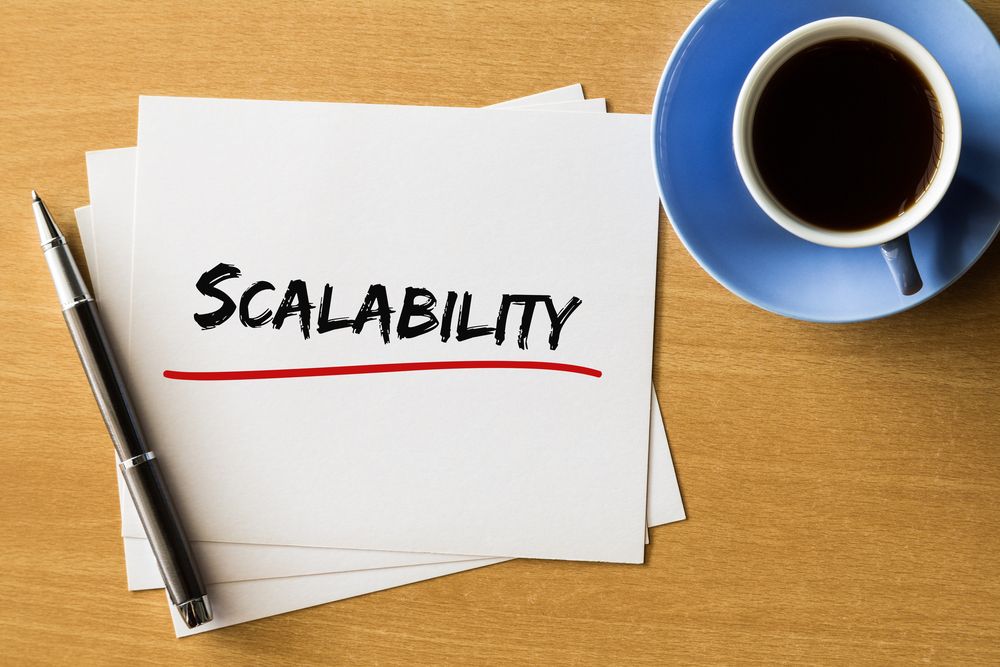Business Scalability
Nicholas Carr had an interesting post on Scale and Scalability, where he points out the difference between the two similar sounding terms
It used to be you’d beat your competitors by achieving greater scale in your operations, enabling you to spread your costs over more products and thus push down the cost of producing each product. Scale was tangible, a manifestation of plant and equipment and other real assets. Today, you strive to beat your competitors by creating an idea or a model that can scale without constraint, expanding easily and flexibly to handle ever more business. Scalability is intangible.
So scalability is achieved as a net result of the entire business process being scalable, instead of merely increasing “production capacity” or efficient “resource planning”. As Nicholas points out, this scalability is easier to achieve in a pure technology business like Google, where building a good business is not all that different from building a good data-processing system. But in other industries that involve human actions and physical products, achieving this kind of scalability is not that straight-forward. The ability of a business to achieve scalability is directly proportional to its ability to create a standardized workflow that can then be scaled up to deliver higher throughput.
Scale and scalability both have strengths and weaknesses as business strategies. We know the strengths and weaknesses of scale pretty well by now. We’re only beginning to understand those of scalability.
It is our endeavour to try and unravel precisely this mystery for our clients. Its an interesting adventure!




